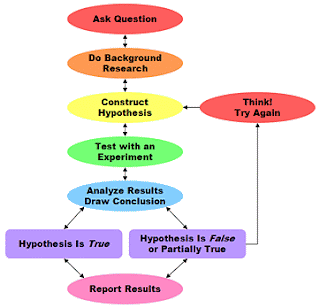Source: http://www.tulane.edu/~biochem/nolan/lectures/rna/bzcomp2.htm
Z-DNA is a left handed double helix structure, which is the opposite of the most common form, B-DNA. There are also many other differences than the common form, such as base pairs per turn. The Z form has 12 bases per turn while the B form only has 10.5. The biological significance is still largely unknown but research is going on to determine it. Right now they think that it has something to do with supercoiling during DNA transcription. This will allow the DNA to open up and allow transcription factors to bind, allowing mRNA to be made and proteins to be created.
All in all, there isn't much known about Z-DNA. Scientists are working on it though!
So this is the last post for the A to Z Challenge. I can't believe that it's already over! May 7th is the date to write a reflections post on the challenge, to talk about pros and cons, what you liked most, what you didn't like, if you met anyone cool, stuff like that. Visit the A to Z Challenge site to learn more!





























